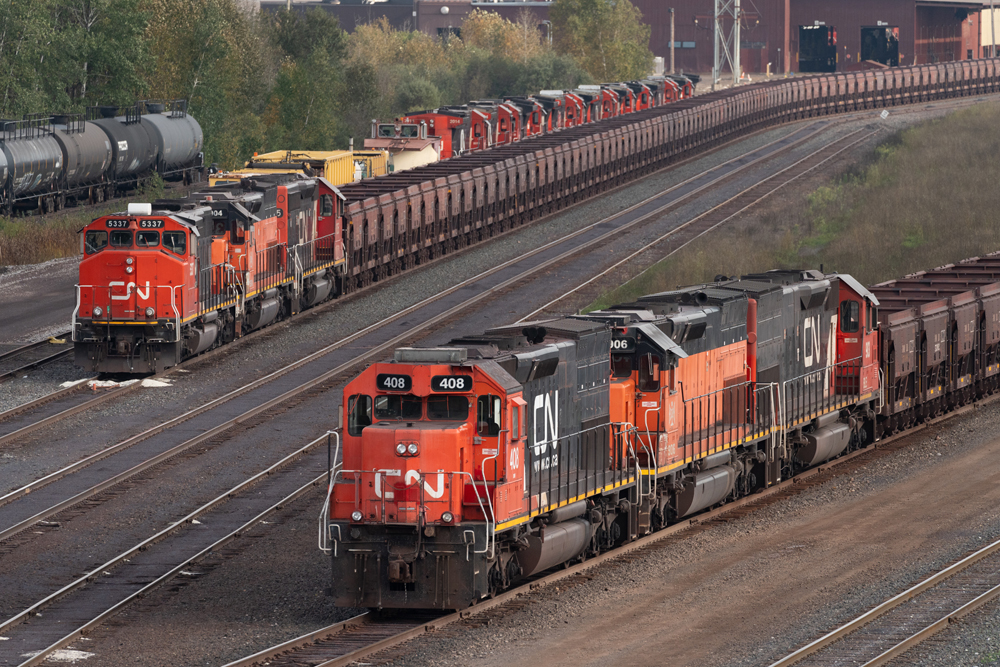
Canadian National’s roster Among the half dozen Class I railroads in North America, one stands out among them in terms of locomotive variety, Canadian National. The contrast of motive power on its roster is unique, with many models only found on CN. There is over six decades’ difference between the oldest and newest models on […]
Read More…
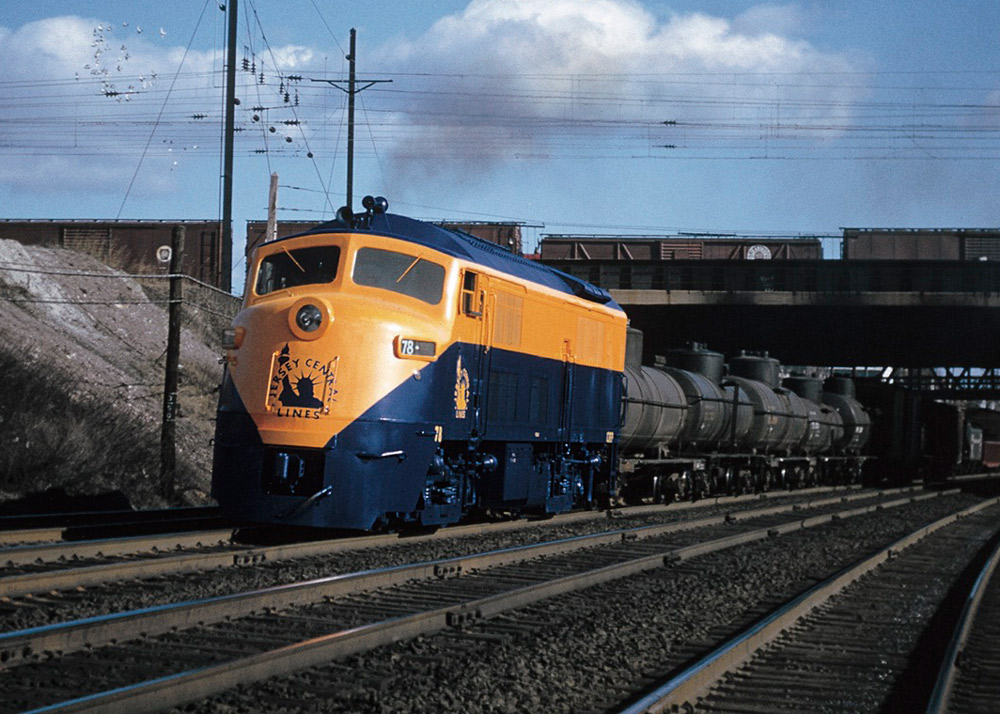
Five forgotten locomotives no one wanted: Producing a locomotive is a massive endeavor. From design to testing to production, each model is the summation of thousands of hours of labor from dedicated engineers, builders, and everyone in between. However, in spite of the scale of this undertaking, sometimes it just doesn’t work out. Maybe the […]
Read More…
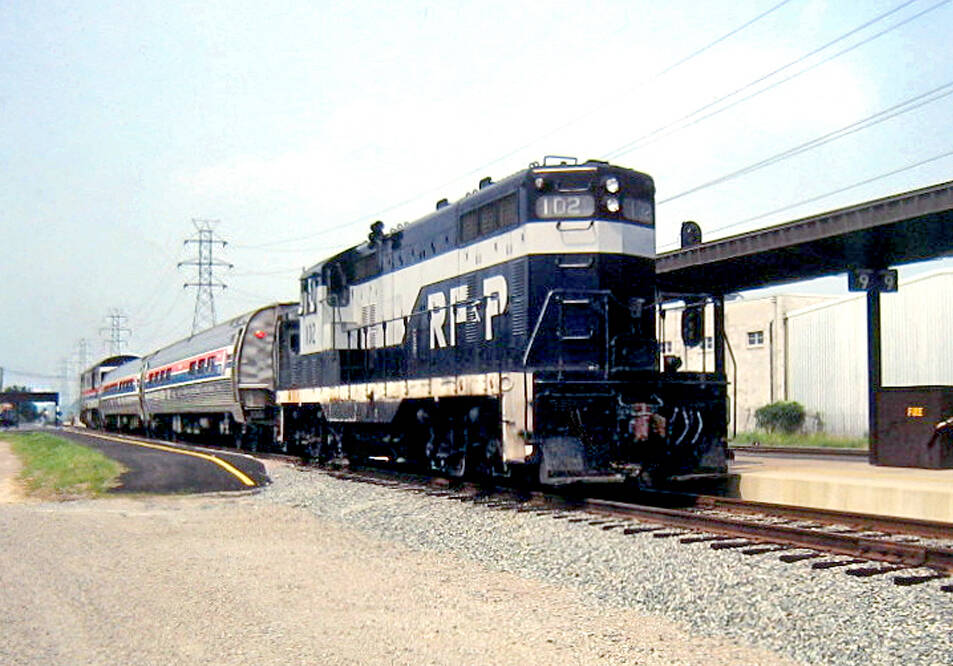
Amtrak’s Hilltopper What had a locomotive on each end, two coaches in the middle, a crew of six, few passengers, and ran backwards for 30 of its 1,674-mile route between Boston, Mass., and Catlettesburg, Ky.? Amtrak’s Hilltopper — my first regular assignment as a passenger trainman, employed by the Seaboard Coast Line Railroad, which operated […]
Read More…
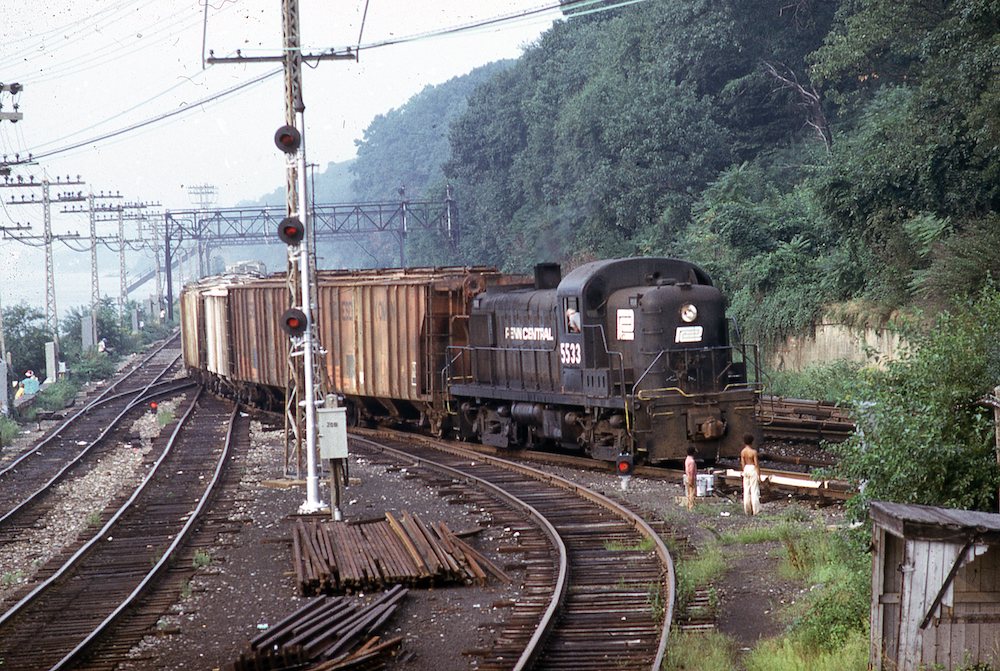
West Side Freight Line New York Central’s West Side Freight Line, more formally named the 30th Street Branch, was the only direct freight railroad into Manhattan. It was just 10 miles long but maintained to mainline standards, and was even electrified for three decades. Vital for freight, mail, and express into the 1960s, it afterward […]
Read More…
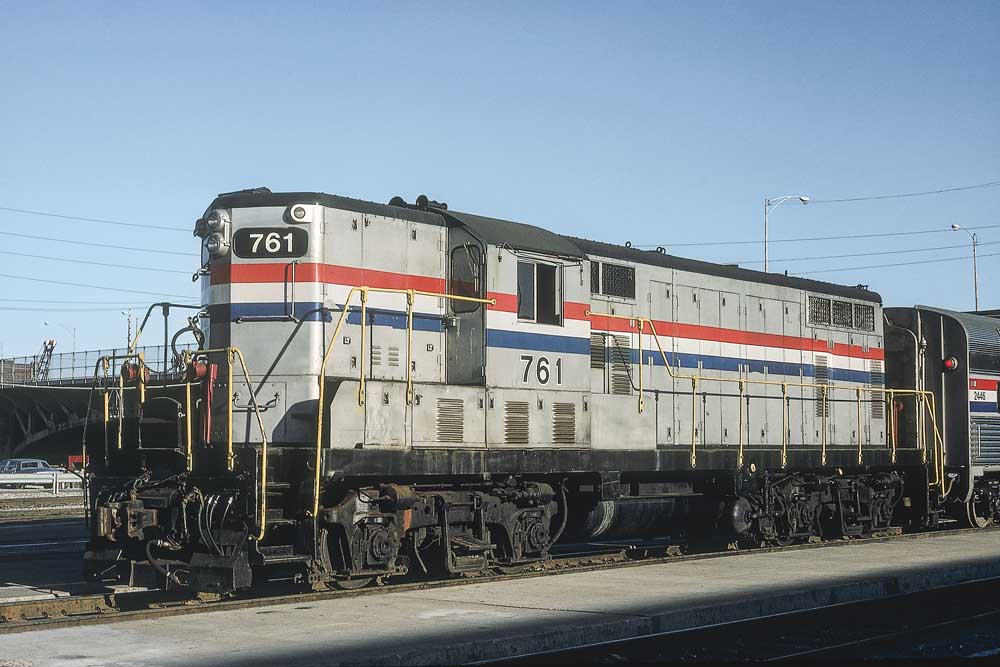
Amtrak GP7 diesel locomotives served for decades in supporting roles for America’s passenger carrier throughout its network. Electro-Motive Division produced the 1,500-hp, four-axle GP7 from 1946 through 1958, making a total of 2,729 units, including five cabless B units, for more than 40 railroads. By the time Amtrak needed more support motive power […]
Read More…
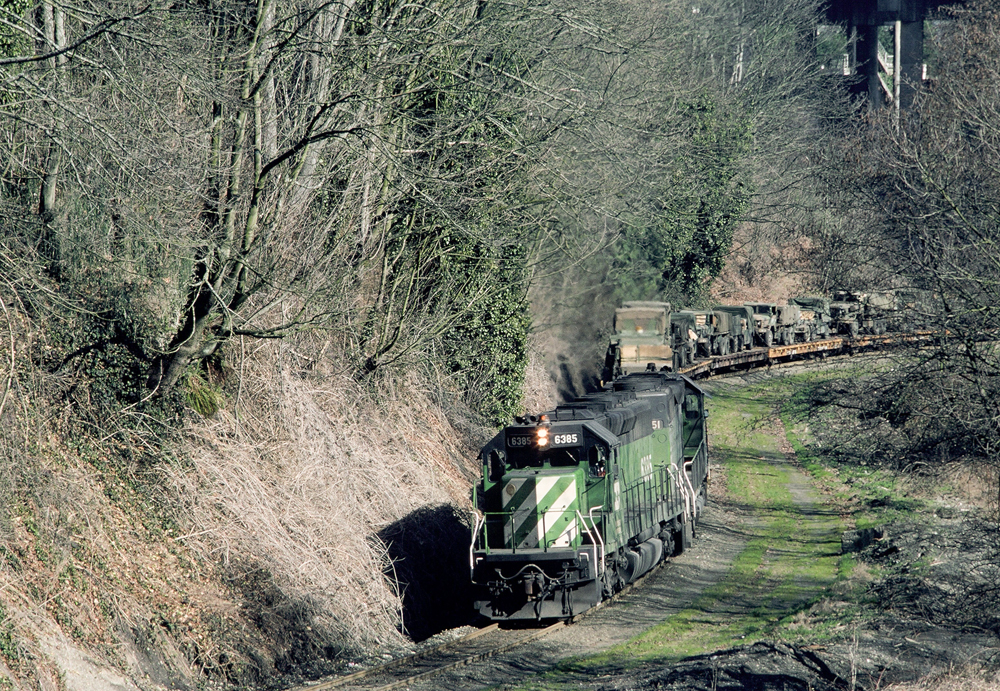
I got a late afternoon call to be the rear brakeman on train No. 1/146/05 (South Pool, Seattle to Portland, Ore.) on Aug. 5, 1979. We were at our away from home terminal of Portland. My crew that day was conductor Duke D., engineer Les M., and head brakeman Pete T. I was working the […]
Read More…
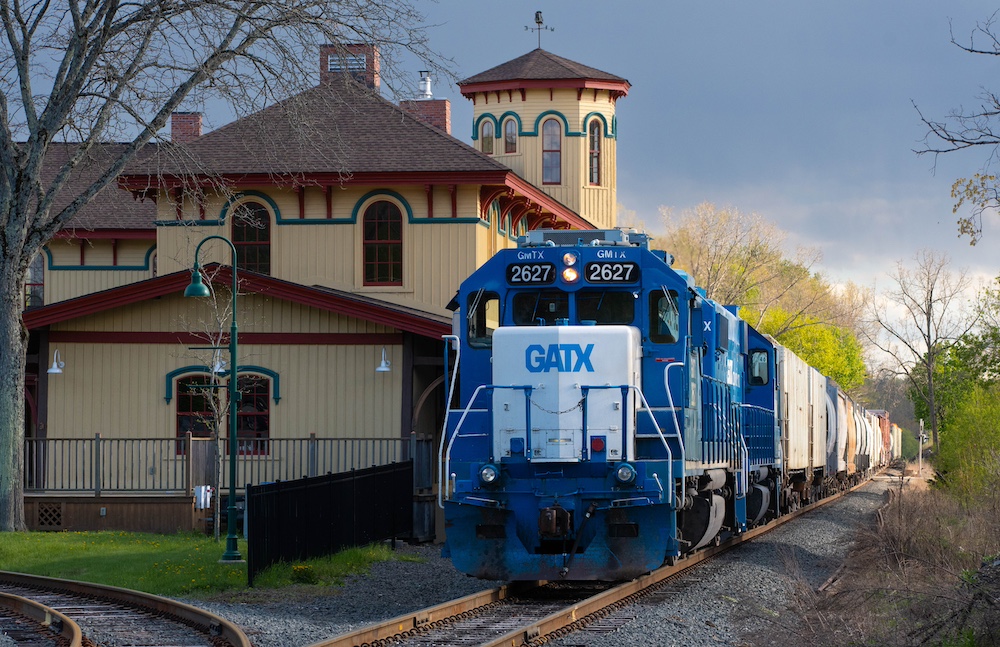
Canaan Union Depot The past The story of this historic building traces back to the 1870s, a busy time for American railroads. Across the nation new lines were being built between cities and towns, often crossing over one another. One of these crossings happened in the small town of North Canaan. Located in the northwest […]
Read More…
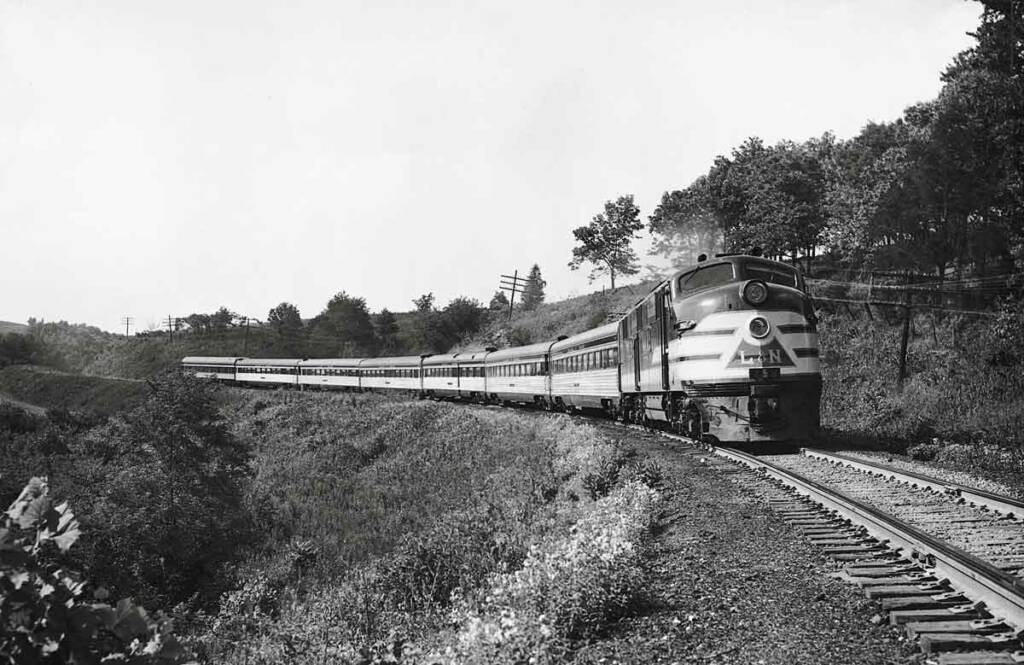
U.S. railroads introduced long-haul luxury coach trains in the 20th century to attract a more budget-conscious traveler. In the late 1930s and early 1940s, the worst of the Great Depression in the U.S. was over, and railroads began to invest in new passenger equipment; both new diesel motive power, and a radical new […]
Read More…
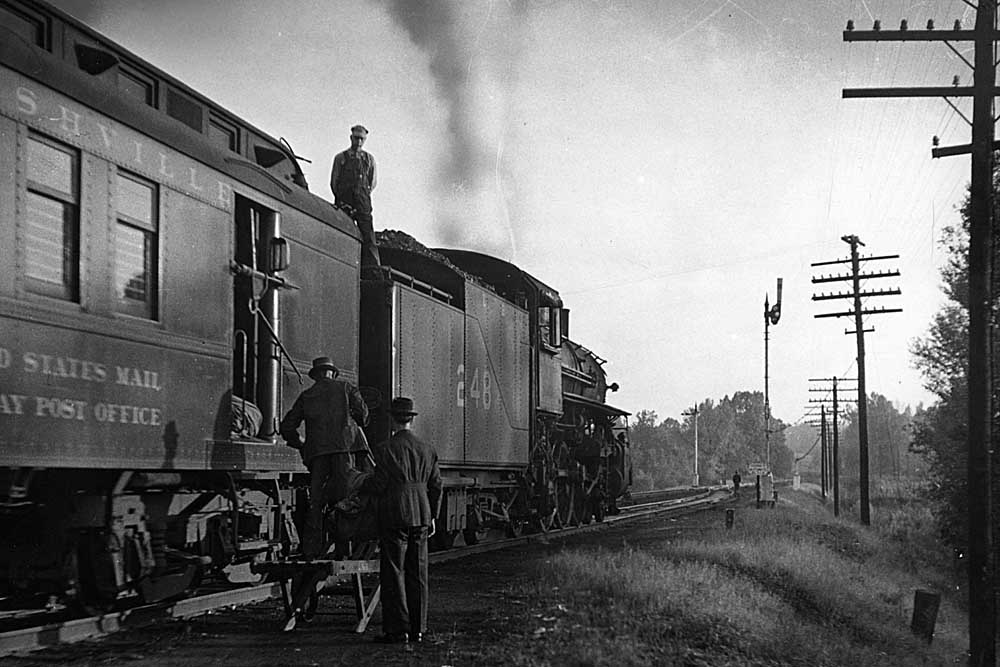
Railroad tell-tales At one time, railroad tell-tales were placed along the track on either side of low structures such as bridges and tunnels to warn crew members on top of the cars that they could not remain in a standing position while passing under the structure. Before the adoption of the air brake, and for […]
Read More…
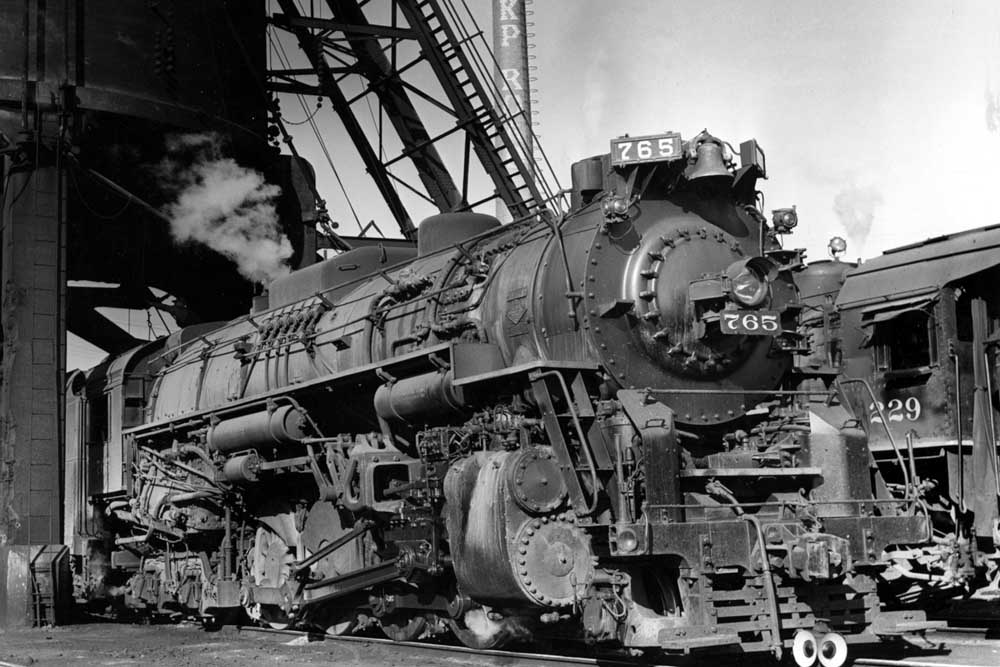
Is railroad preservation in ascendance, marked by a succession of triumphs in recent years? Or are we whistling past the wrecking ball and the acetylene torch? Is the glass half full, or half empty? The stars of a new podcast might answer “both.” Launched a few weeks ago with the title “Ahead of the Torch” […]
Read More…
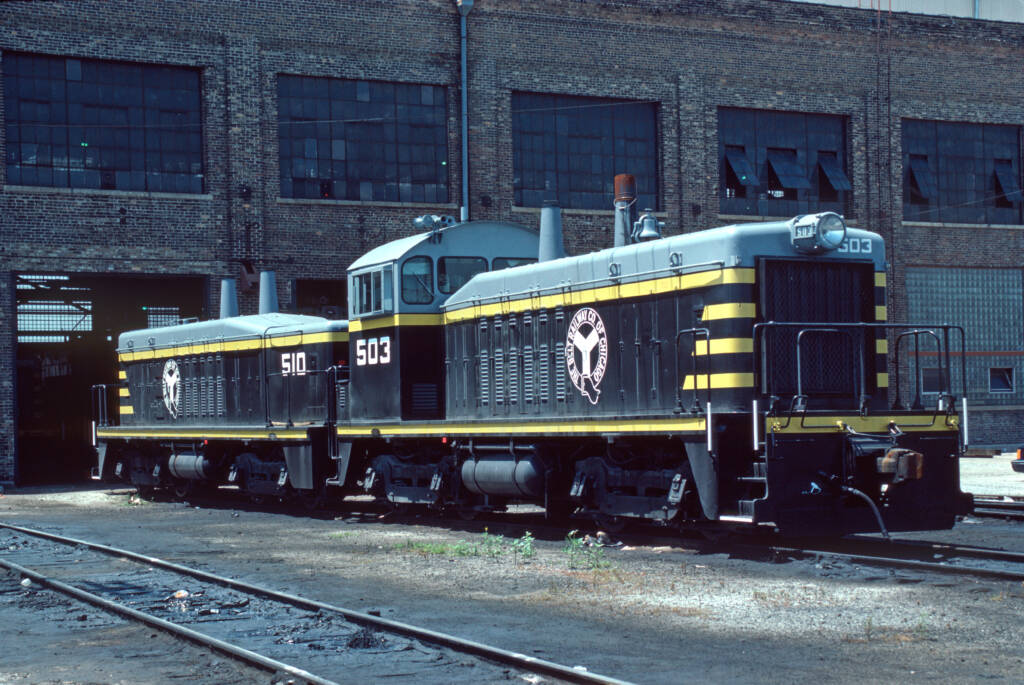
Transfer locomotives Transfer runs are trains that move cars from one freight yard usually to a nearby yard of another railroad (but not always). Early in dieselization, three of the major builders marketed locomotives built specifically for such service, called transfer locomotives, which demanded a lot of pulling power but not much speed. Transfer units […]
Read More…
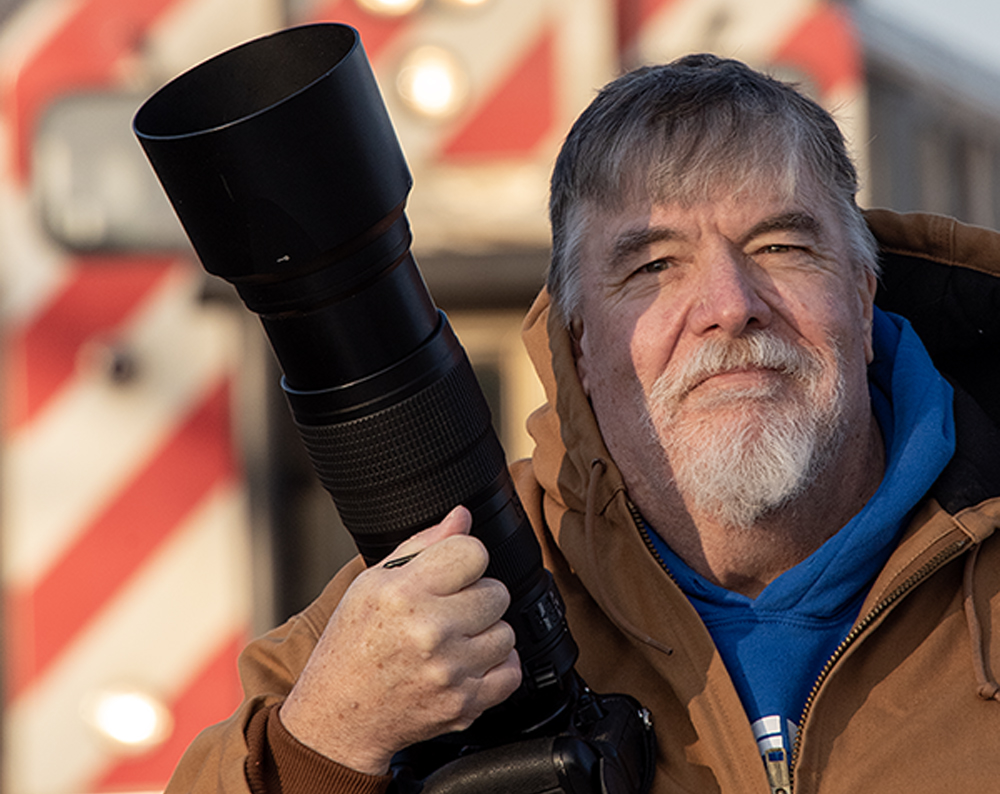
What was your first byline in Trains? Steve Smedley: My first byline in Trains was “Confessions of a ‘Sacred Central Illinois’ railfan,” published in the July 2000 issue. By far the most enjoyable article I have produced. Since I worked second shift at The Pantagraph newspaper based in Bloomington, Ill., and prior to that at […]
Read More…












